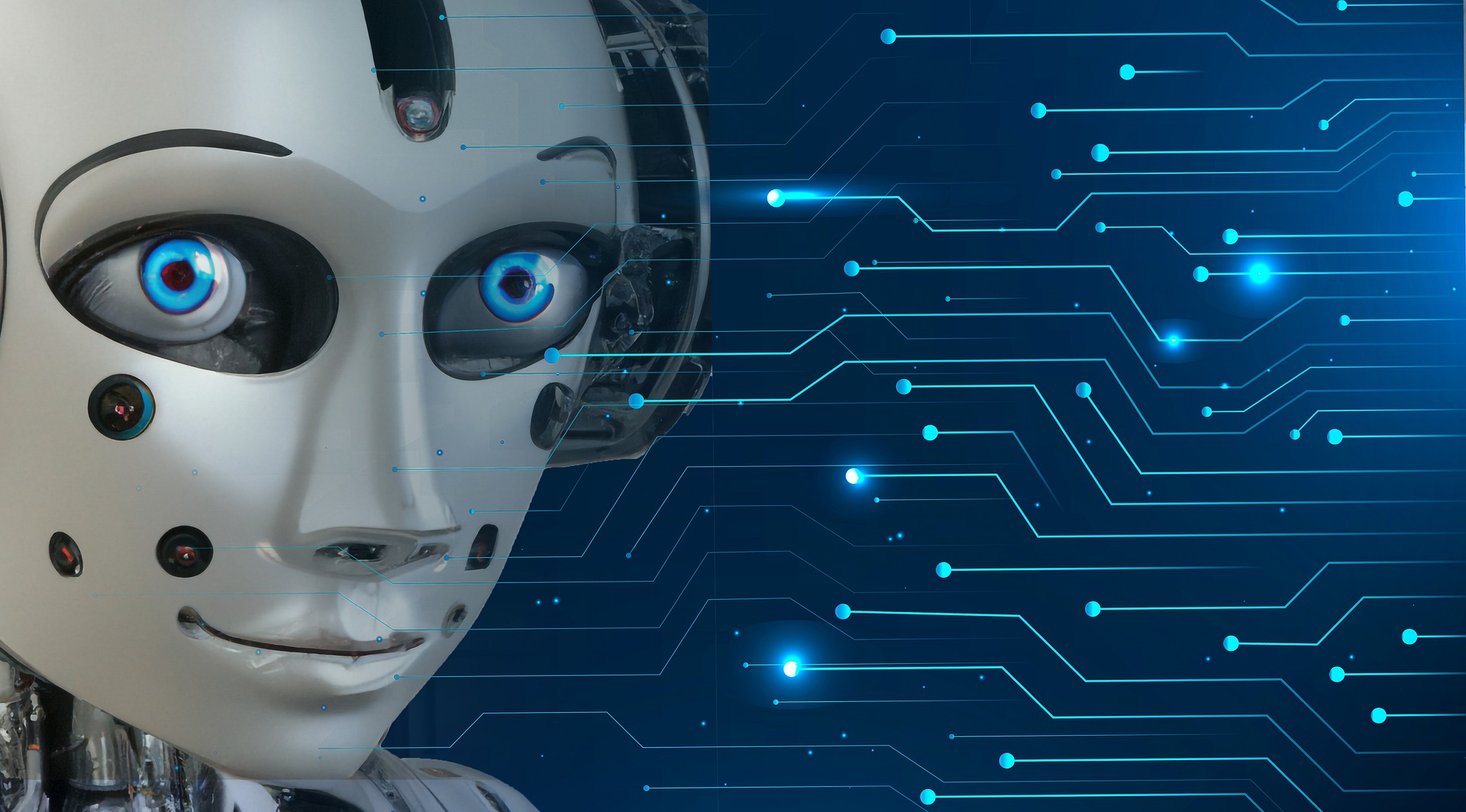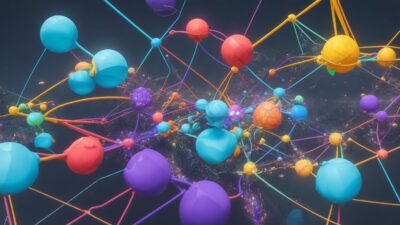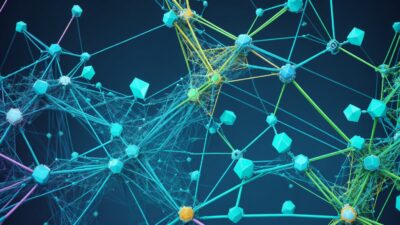Tacotron 2: Human-like Speech Signal Generation and Applications in Voice Assistants

The field of speech synthesis has come a long way, with advancements in artificial intelligence and machine learning playing a significant role in its development. Tacotron 2, a groundbreaking text-to-speech system, is capable of generating human-like speech signals, making it an invaluable tool in various applications. This article will delve into the technology behind Tacotron 2, its impact on voice assistants, and other potential uses.
Understanding Tacotron 2
Tacotron 2, developed by Google’s DeepMind, is an end-to-end speech synthesis system that utilizes deep learning techniques to generate high-quality, human-like speech signals. The system is trained on a vast dataset of human speech, allowing it to learn the nuances and intricacies of natural speech patterns. The result is a synthesized voice that is almost indistinguishable from that of a human speaker.
Tacotron 2 in Voice Assistants
The use of voice assistants has become increasingly popular, with devices like Amazon’s Alexa, Google Assistant, and Apple’s Siri being integrated into daily life. Tacotron 2’s human-like speech capabilities have a significant impact on these voice assistants, as it provides a more comfortable and natural interaction for users. In addition to improving speech quality, Tacotron 2 also enables faster and more reliable command recognition, making voice assistants even more useful and efficient.
Tacotron 2 in Other Applications
- Audiobooks and Text-to-Speech: Tacotron 2 can be used to create audiobooks with human-like sound, making the listening experience more enjoyable and engaging. It can also be utilized for narrating articles, educational materials, or other text documents.
- Education: In educational settings, Tacotron 2 can be used to create interactive textbooks, allowing students to listen to the text instead of reading it. This can be particularly beneficial for students with dyslexia or those who prefer audio learning formats.
- Telecommunications and Dictaphones: Tacotron 2 can be employed in telephone systems for speech synthesis, such as reading voicemail messages or creating automated responders. It can also be applied in dictaphones for converting speech recordings into text.
Conclusion
Tacotron 2 represents a significant breakthrough in the field of speech synthesis, making human-like sound generation more attainable and efficient. This opens up new possibilities in the use of voice assistants, audiobooks, educational resources, and other applications where speech plays a crucial role. As the technology evolves, we can expect further improvements in speech quality and the application of Tacotron 2 in many other areas.




